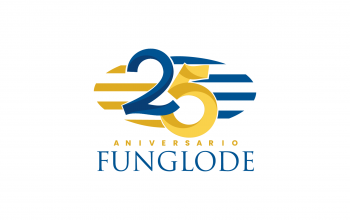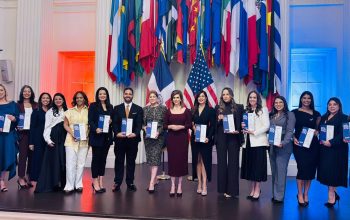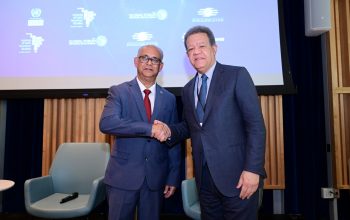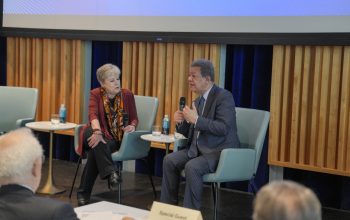news
ICTs AsTools for Creating Institutional Images
March 6, 2009
 The second speech heard on March 6 at the Latin American Forum on New Technologies, part of Virtual Educa 2009, was given by APEC University Professor Alicia Álvarez Álvarez and titled, “Management of Institutional Image: An Academic Experience.”
The second speech heard on March 6 at the Latin American Forum on New Technologies, part of Virtual Educa 2009, was given by APEC University Professor Alicia Álvarez Álvarez and titled, “Management of Institutional Image: An Academic Experience.”
The lecture was based on a class given
by Ms. Álvarez at the UNAPEC in a course that covers the topics from the creation of corporate image by the media to the use of new technologies with the support of telecommunications, information technology and audiovisual tools.
According to Álvarez these tools “are mediators of a communicative process,” that takes place mainly through the man-societal interaction which change and strengthen the different
“sociopolitical and ideological, economic, cultural and educational processes,” she explained.
With relation to the significance of the new Technology of Information and Communication (TIC) in terms of education, Professor Álvarez said that these tools are part of globalization and provoke the communication processes to be used as elements of economic, social, cultural and political life. This creates a major flow of information, a factor
that provides the creative incentive of “knowledge which gives the human intelligence new creative capacities,” said Álvarez.
She specified that the Virtual Classroom where she gives her course, in fact amplifies the interaction between the student and professor through the teaching of new needs that are part of education and educational technology in that the “virtual classrooms should not only be a mechanism for the distribution
of information but rather they should allow interactivity, communication, application of knowledge, evaluation and management of the classes,” she stated.
According to the conclusions presented by the professor, the creation of the institutional image requires the analysis and implementation of various elements such as a study of the identity of the organization, “the development of a culture and solid and coherent personality, the careful
design of a relational system with the environment and the planning of communication policies,” which will portray the external perception of the institutional entity as one of efficiency.






